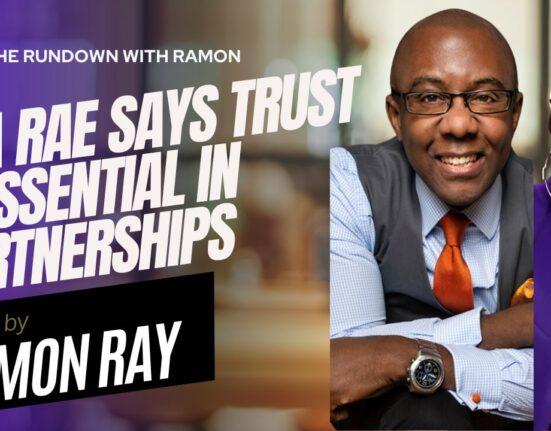By using strategic patience, valuing reflective decision-making over reactive decision-making, and giving employees autonomy and space, businesses can boost both productivity and long-term success.
The Culture of Constant Action in Business
As a business owner, you’re accustomed to working far more than the average 40-hour work week. You’re used to putting everything into your business including working under pressure, sacrificing time with loved ones, and putting your own money back into your business. I admire you for your hard work and dedication; however, I suggest not putting the same expectations you would put on yourself, onto your employees. The stakes are greater for you and you will always see your business differently than they do. But don’t let the pressure as a leader to always do more. This is how you push your employees constantly and try to make them meet unrealistic expectations.
Businesses need to start looking at achievements based on how much action is seemingly taking place. When you give your employees more time to get work done you’re benefiting employee morale and in turn, benefitting your clients; take care of your employees and they’ll take care of your clients.
Related article: Why Businesses Should Invest in Employee Happiness
How Pressure Affects Employees
Stress negatively affects us in many ways. It affects short-term memory, long-term memory, and declarative memory, which may include facts and things you hear or read; however, it increases your memory for emotionally charged events which may not be helpful in the workplace. Even if your employees think they work better under pressure, there is no evidence to suggest that is true. People may feel like they’re doing better but it’s an illusion, employees work with less creativity when pressured.
One of the most impactful symptoms of burnout in the organization, in my opinion, would be depersonalization. This is when your employees start developing a negative attitude toward work, colleagues, and customers. Then there’s emotional exhaustion and emotional disconnection that leads to the physical symptoms of reduced work performance and a lack of empathy, which would be negative for any employee on the front lines with your clients. More physical symptoms might include muscle aches, headaches, isolating themselves, mood swings, or sleep problems which would affect your employees inside and outside of work.
How to Stop Burnout Using Strategic Patience
Strategic patience is the practice of observing and assessing situations before making decisions. It also offers organizations the ability to work through complex situations without jumping to any decisions based on hast but instead based on seizing opportunities when the conditions are best.
In a hustle culture, it’s easy to overlook the art of strategic patience and how it can benefit your organization. By not constantly demanding quick turnaround, the tone is set by leaders in the organization that employees should think more, be creative, and take their time in coming up with solutions that will lead to long-term success.
You can create a sustainable environment by setting the tone of a calm, decision-making workplace. If you’re always acting with urgency, your employees will feel the need to do the same. This creates a stressful environment for everyone. By having leaders resist the urge to respond immediately to problems, you show your employees not every problem needs an immediate fix. This way employees can choose what their energy needs to focus on at that time.
Creating mindful downtime and encouraging employees to take their breaks on time, will also result in a more relaxed workplace. Also, allowing your employees to choose what tasks they want to do, when they want to do them, and for how long, employee burnout will be 43% less likely.
Focus on a growth mindset to encourage an environment where learning, innovation, and development are valued more than quick results. By doing this, both employees and the business will be able to focus on long-term growth and results. When employees rush decisions, it may lead to more errors and then create more work.
Move your company’s mindset from reactive decision-making, where quick decisions are made, to more reflective decision-making. Reflective decision-making would start by having employees define and analyze the problem, create a few options and make sure the options fit into any criteria the decision-making needs to have, then choose the best option.
Related article: How To Recover From Burnout (And How Long Does it Take)
Finding the Balance Between Action and Patience
Delaying a decision isn’t always a bad thing. There’s a myth that rushing business by working under pressure will lead to better results. There needs to be a balance when it comes to making business decisions. Moving too quickly can result in mistakes being made, and moving too slowly can mean missed opportunities in the marketplace. Although sometimes it’s easier to think about short-term gains as a leader, you will be more successful overall if you concentrate on the long-term wins.
Adopting strategic patience as a core value in your company can change your employees’ outlook on decision-making and their relationship with the workplace, as well as change how your business operates to encourage long-term results. Employee retention should be a high priority; the organization needs to show it values mental health and balanced workloads. By practicing strategic patience, you show your employees how the business values thoughtful decision-making instead of quick and urgent, reactive decision-making and that you prioritize their well-being. This will allow employees to reflect, follow your example, and avoid burnout.
Additional resources:









